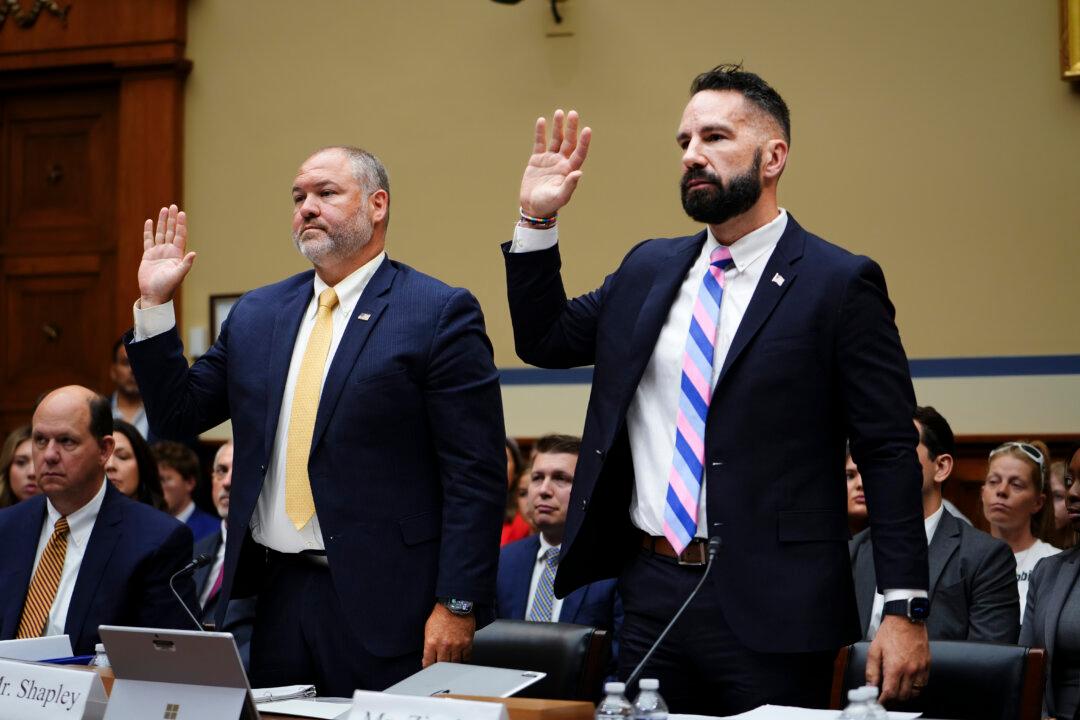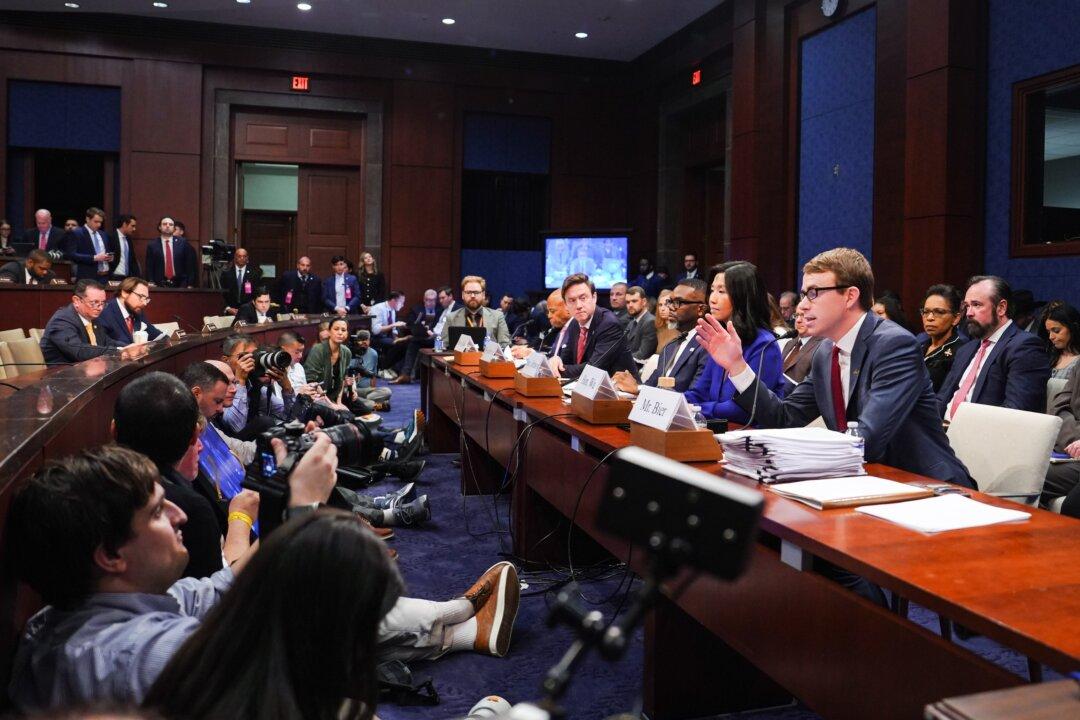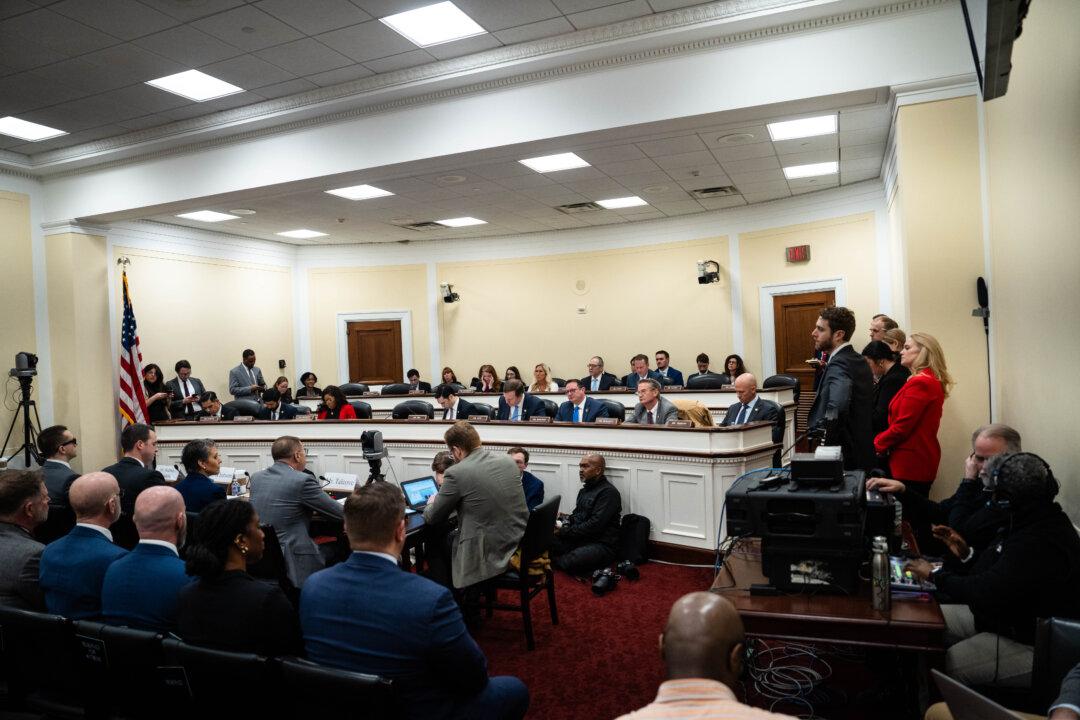WASHINGTON—Increasing affluence and education levels seen in a dozen key congressional districts in Midwestern states that flipped to Democrat blue in 2018 from Republican red could be a bad omen for President Donald Trump’s 2020 re-election hopes.
Brookings Institution Senior Fellow John C. Austin noted in a study published Jan. 22 that “15 congressional districts in the states of the Upper Midwest flipped from Republican red to Democratic blue. These were principally suburban and exurban counties within the orbit of thriving major metro areas such as Minneapolis, Chicago, and Pittsburgh.





